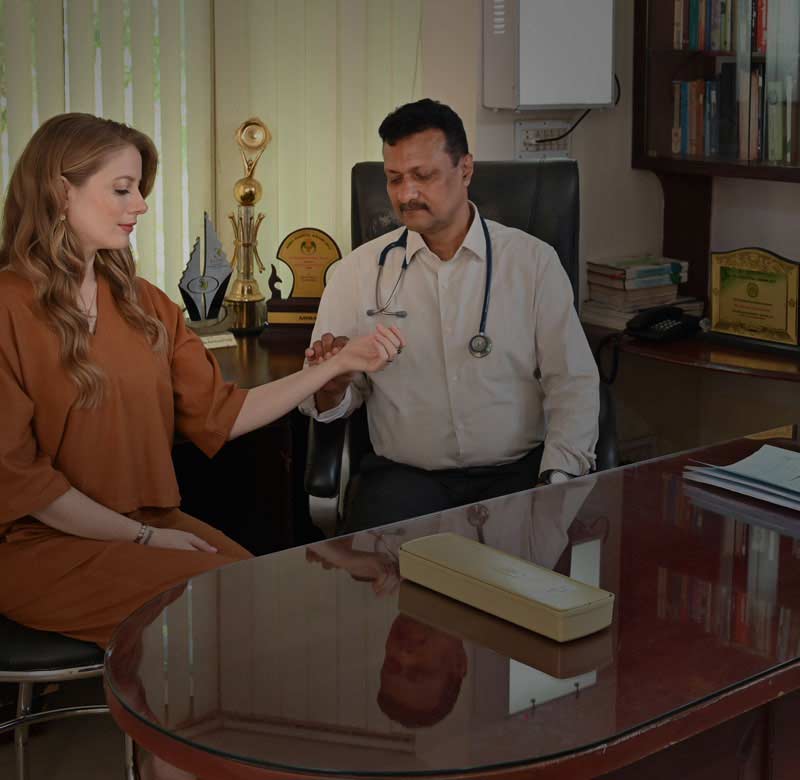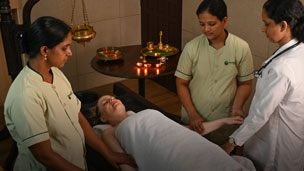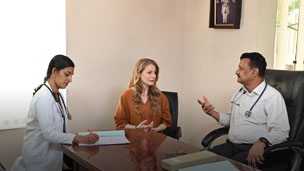







For authentic & scientific
ayurveda
Nagarjuna has developed speciality protocols
and adopted integrated and holistic approaches “to improve
the quality of life of ailing population”.
Cervical (Neck Pain)
Cervical pain, also known as neck pain, is a prevalent condition that affects many individuals, and its prevalence tends to increase with age. One common term used to describe the degenerative changes that occur in the neck is spondylosis. Spondylosis refers to the degenerative arthritis, specifically osteoarthritis, that affects the spine.
As we age, the structures in the cervical spine, which consists of the seven vertebrae in the neck, can undergo wear and tear. This degenerative process can involve the intervertebral discs, facet joints, ligaments, and surrounding tissues. Over time, these structures may undergo changes such as disc degeneration, bone spurs (osteophytes) formation, and joint inflammation.
The symptoms of cervical spondylosis can vary from mild discomfort and stiffness to severe neck pain that radiates to the shoulders, arms, and hands. Other common symptoms may include headaches, numbness or tingling in the upper extremities, muscle weakness, and restricted neck movement. The severity of symptoms can vary from person to person, and they can be influenced by factors such as lifestyle, posture, and underlying medical conditions.
Treatment for cervical spondylosis aims to alleviate pain, improve mobility, and enhance overall quality of life. Conservative approaches are typically the first line of treatment and may include:
- Pain Medication: Over-the-counter nonsteroidal anti-inflammatory drugs (NSAIDs) or prescription medications may be recommended to reduce pain and inflammation.
- Physical Therapy: Therapeutic exercises, stretches, and manual therapy techniques can help strengthen the neck muscles, improve flexibility, and reduce pain.
- Heat and Cold Therapy: The application of heat or cold packs to the affected area can provide temporary relief and help reduce inflammation.
- Posture Correction: Maintaining good posture and ergonomics, both during activities and while sitting or standing, can help alleviate strain on the neck.
- Lifestyle Modifications: Incorporating regular exercise, maintaining a healthy weight, and avoiding activities that strain the neck can contribute to long-term management of symptoms.
In cases where conservative treatments are not sufficient, or if there are signs of nerve compression or severe pain, further interventions may be considered. These may include epidural steroid injections, nerve root blocks, or in rare cases, surgical options.
It's important to consult with a healthcare professional for an accurate diagnosis and appropriate management of cervical spondylosis. They can provide personalized treatment recommendations based on the severity of symptoms, individual needs, and overall health status. With proper care and management, individuals with cervical pain can find relief and regain functionality in their daily lives.
Please fill up the form to get in touch with us, or contact us for any queries





Terms of use | Privacy Policy | Contact us
Copyright © 2025. All Rights Reserved
Designed & Developed by Websoul Techserve








